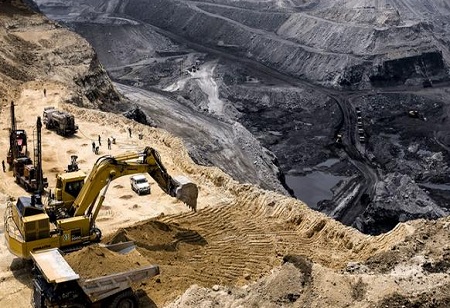In Jammu and Kashmir (J&K), the government has discovered lithium and gold resources for the first time. In the Salal-Haimana sector of the Reasi district, the Mines Ministry discovered lithium reserves estimated to be 5.9 million tonnes. During the 62nd Central Geological Programming Board (CGPB) meeting, this report was delivered to the appropriate state governments along with 15 other resource-bearing geological reports and 35 geological memoranda. These 51 mineral blocks, which are located in the 11 states of J&K, Andhra Pradesh, Chhattisgarh, Gujarat, Jharkhand, Karnataka, Madhya Pradesh, Odisha, Rajasthan, Tamil Nadu, and Telangana, relate to potash,
molybdenum, base metals, and other products. The blocks were created in accordance with the work done by the Geological Survey of India (GSI) from field seasons beginning in 2018–19 up until present day. In addition to this, the Coal Ministry received 17 reports of coal and lignite with a combined resource of 7,897 million tonnes. During the meeting, seven publications on various topics and areas of intervention that the GSI works in were also released.
During the meeting, the planned annual schedule for the following field season (2023–2024) was also presented and discussed. The GSI intends to embark on 966 initiatives, 318 mineral exploration projects, including 12 marine mineral investigation projects, between 2023 and 2024. The exploration of strategic, critical, and essential minerals has received significant attention.
The CGPB is a crucial forum for the GSI, where the yearly field season programme (FSP) is discussed to foster collaboration and prevent duplication of effort. The GSI receives requests for collaborative work from members of the CGPB and other stakeholders like state governments and national and state government mineral exploration organisations. The yearly GSI programme is given a final form based on the goals established by the Center and the significance and urgency of recommendations made by members and stakeholders.
